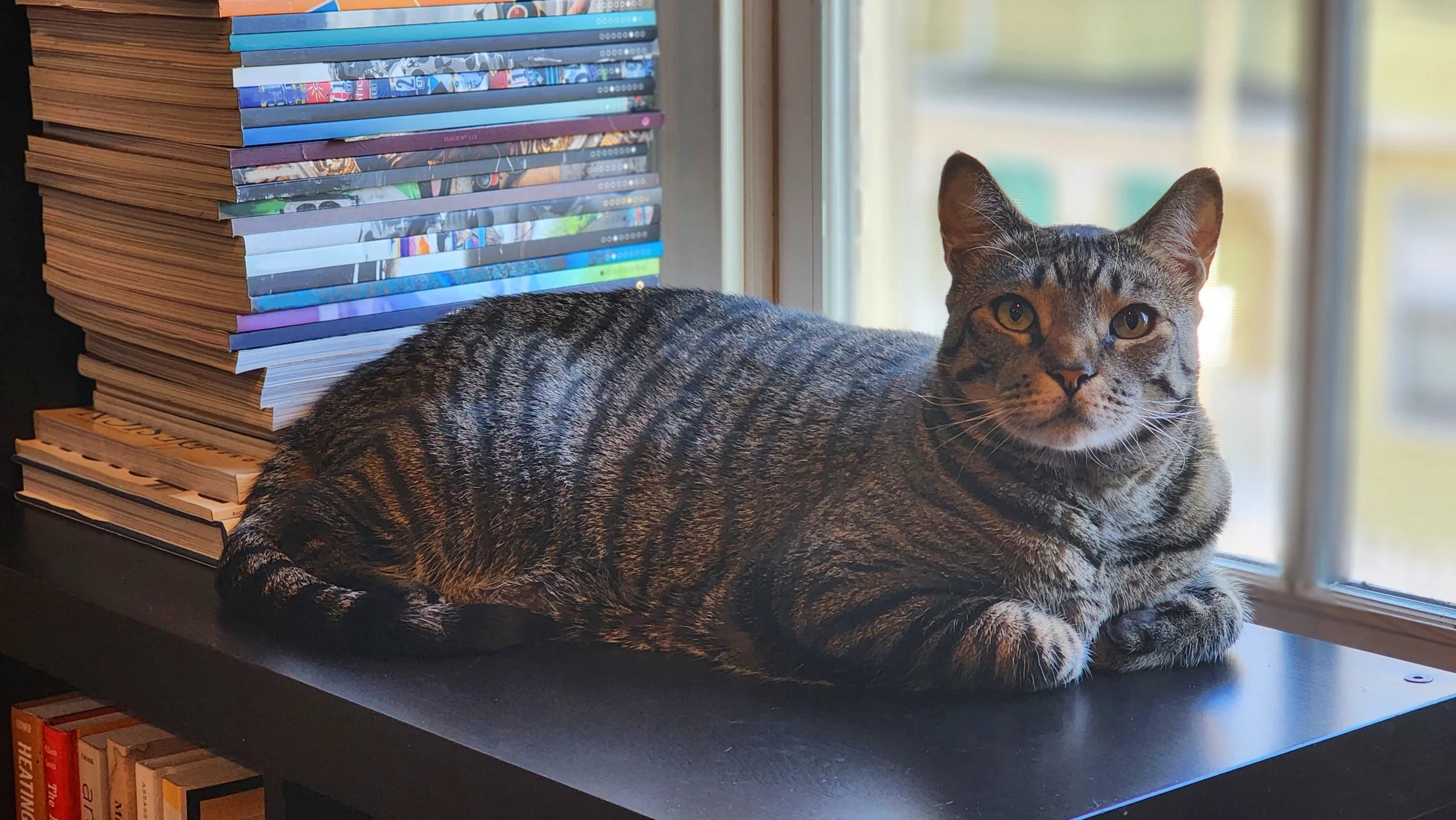How To Prepare for Unexpected Expenses
/Even healthy, young pets get sick, get into trouble, or eat things they shouldn’t. I’m sure you can think about a time your cat got into food that wasn’t meant for them, the trash can, or another animal that didn’t have the same idea of playtime. Often, these cases are treatable but can be expensive. It is one of the things to consider when budgeting for cat ownership. Pet insurance can mitigate the costs of unexpected veterinary treatment. There are multiple insurance options available, so there are some essential things that you need to take into account when you decide which insurance to buy, like the cost, what the insurance covers, and any limits on the coverage.
The monthly cost of insurance varies according to your pet’s species, the average cost of veterinary care in your area, and the insurance coverage. It can range from about $30 to $70 per month. Also, you need to consider the deductible. Some insurance companies will have a deductible for each incidence, while others accumulate the deductible annually. An accumulated deductible can be a huge cost saver if your pet ends up at the vet’s office multiple times in a year for minor issues. When looking for pet insurance, you should check a few companies' websites and ask for quotes and then compare the costs before making your decision.
Coverage also may vary from one company to another. Most insurers will cover unexpected illnesses and accidents but would not cover the expected costs such as routine veterinary visits, vaccines, and preventative care. These routine visits can be costly, especially for puppies and kittens or senior pets requiring more frequent visits. Dental care often falls under the umbrella of preventative care and will also be excluded from coverage. Some companies will cover these expenses for an additional fee, so it’s worth looking into.
It is essential to pay attention to limits because insurance companies will often bury those in the fine print. Usually, insurance does not cover pre-existing conditions. This is why it is crucial to start your pet’s insurance when they are healthy to make the most out of your coverage. Other limits to pay attention to are whether there is a maximum the insurer will pay per incidence or for the lifetime of your pet.
There are multiple insurance companies you can look into, so I will only mention a few that I’m familiar with. You can read more about the different options in this research by visiting Money.com or ConsumersAdvocate.org's pet research.
I had a good experience with Healthy Paws. My dog Stav had cancer twice, and in between, she got into too many things she shouldn’t have eaten. Healthy Paws covered a high portion of her cancer treatments, they sent the checks very quickly, and their website made it very easy to file a claim. When Stav couldn’t beat her second cancer, Healthy Paws covered her euthanasia cost and sent a condolences card signed by everyone in the office.
Another company to note is Trupanion, which veterinary clinics and shelters often recommend. Trupanion allows affiliated veterinarians to file the claim directly with them, so it works similarly to how human health insurance work, where the claims process is taken care of for you. It can be very convenient and ensure that you don’t miss anything when filing the claim.
Nationwide Pet Insurance is also a name that comes up a lot. Their unique offering is that they cover exotic pets, in addition to cats and dogs. They also have a plan that covers wellness vet visits.
Even if your cat is young and healthy, consider signing them up for pet insurance. You never know when they will unexpectedly get sick. When the worst happens, you will know that your best friend can get the best care possible without breaking the bank.








